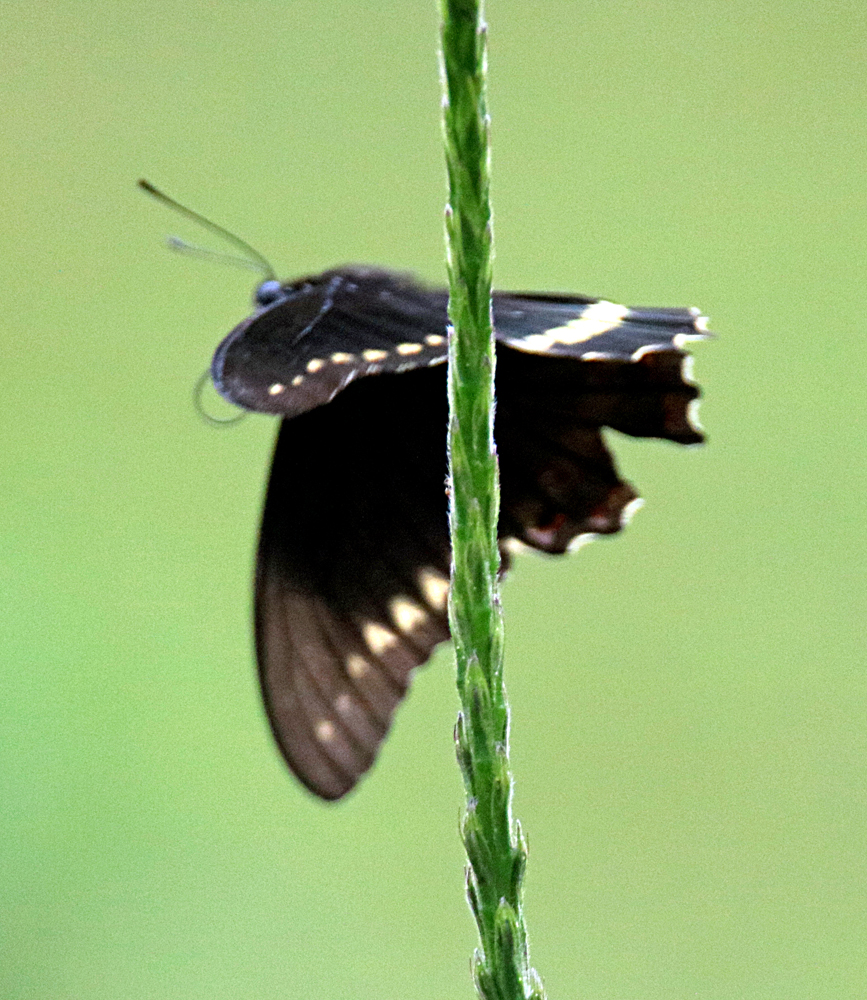And in 2025 I got multiple new species, mostly in my Garden as are most of these photos! This is just a sampling with my effort to not show 2 of the same species . . .
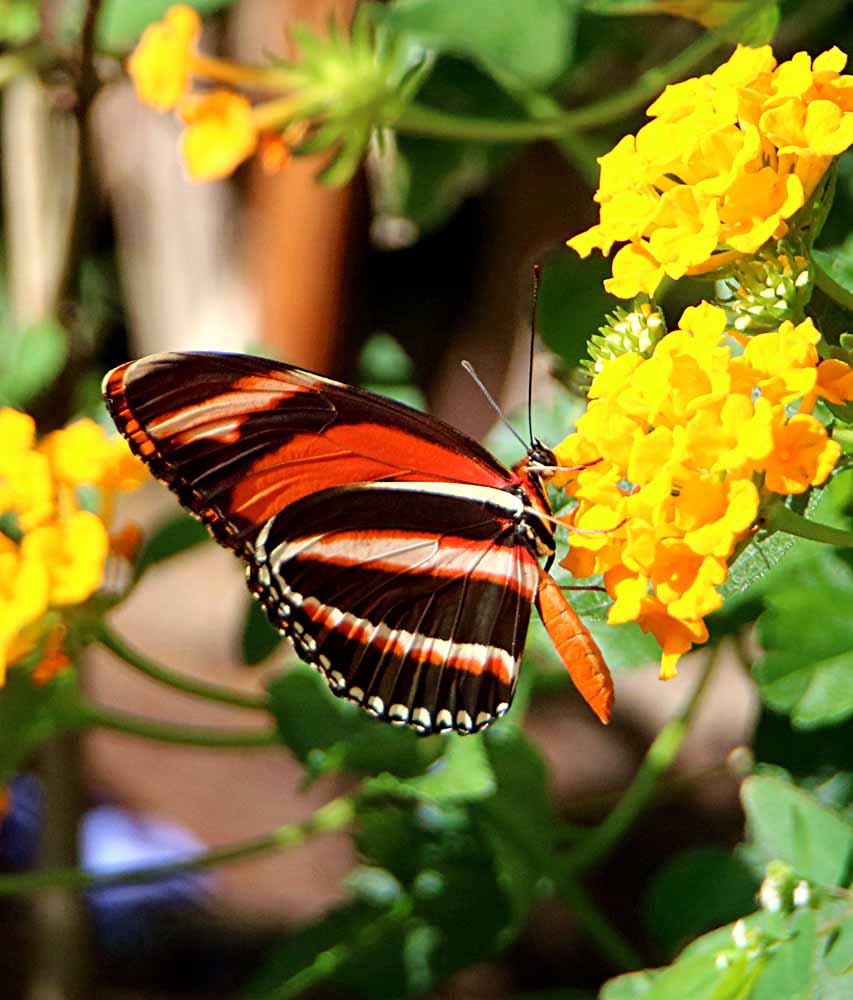
Both my gardens and ones I visit
And in 2025 I got multiple new species, mostly in my Garden as are most of these photos! This is just a sampling with my effort to not show 2 of the same species . . .

Not your every day bird but definitely one of my favorites, the Squirrel Cuckoo, Piaya cayana (my gallery link) is one I’ve seen in multiple locations across Costa Rica, just not frequently. See all those in the above-linked gallery or for my all-time favorite, a portrait of one who posed for me in the Cecropia tree back in 2017: Cuckoo Portrait. A metal print of it hangs in my living room here. 🙂 This one last Sunday was in a tree behind my house only about 40 seconds, so I had to act quick to get these shots before he flew off to a neighbor’s tree and out of sight.
There are 7 species of cuckoos in Costa Rica and I’ve seen and photographed only three, the other two being the Mangrove Cuckoo (in two locations) and the Lesser Ground Cuckoo in one location, (both names are linked to my galleries).
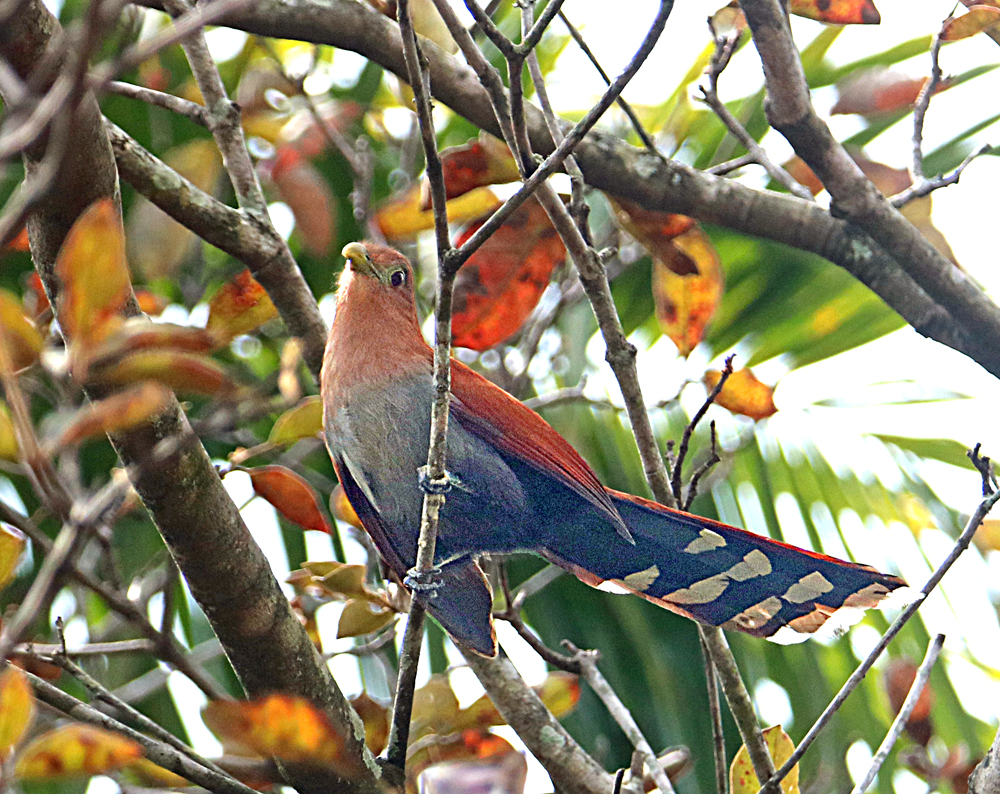
This year I’m not limiting myself to 12 favorite photos of the year like in the past, but doing separate posts over 4 days of (1) Favorite Bird Photos, (2) Favorite Butterfly Photos, (3) Favorite Other Wildlife Photos, and (4) Favorite Plant Life Photos. And you will notice that the big majority of photos were made in Atenas, where I live, because I’m not traveling as much as I used to. The “Atenas” shots were mostly in my garden and Rio Tarcoles runs through Atenas though the river photos were made west of here near the coast. The only other two locations were the two trips made before now at Esquinas Rainforest Lodge and Tortuguero NP. (And sorry for this post coming on the same day as the Cuckoo post. I’m getting sloppy in my scheduling!)
“Birds” is the first gallery of “favorites” from this year, found just below this sample photo for the emailed edition of the post:
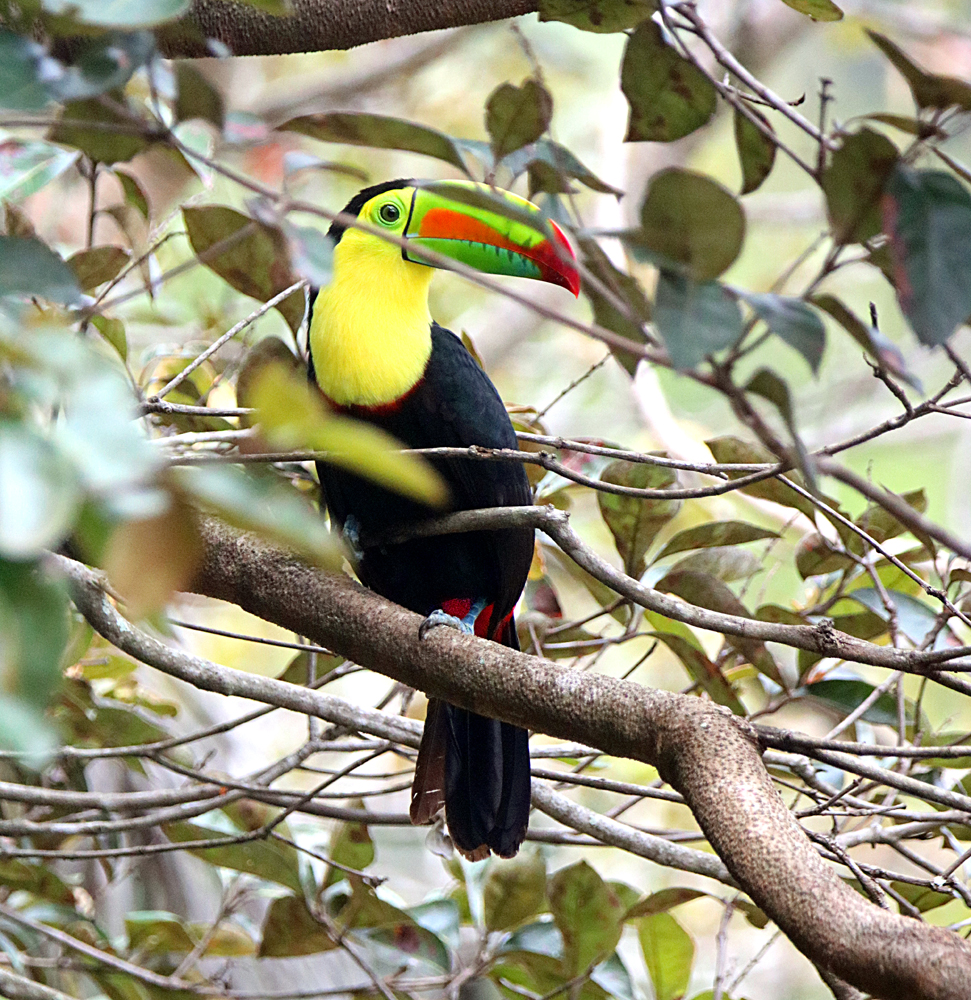
In the recent days of many creatures eating the ripe palm berries, a Chachalaca or a squirrel broke one of the berry limbs off and it fell to the ground. With many more on the tree, he/she stayed in the tree and the bottom of the pecking order, Clay-colored Thrush, enjoyed the berries off the dropped limb. Plenty for everyone! 🙂 And as I watched this epicurean delight I suddenly realized that these birds have no teeth to chew their food and thus swallow the berry whole! 🙂 I’m enjoying these observations of nature! Simple life in a simple country.
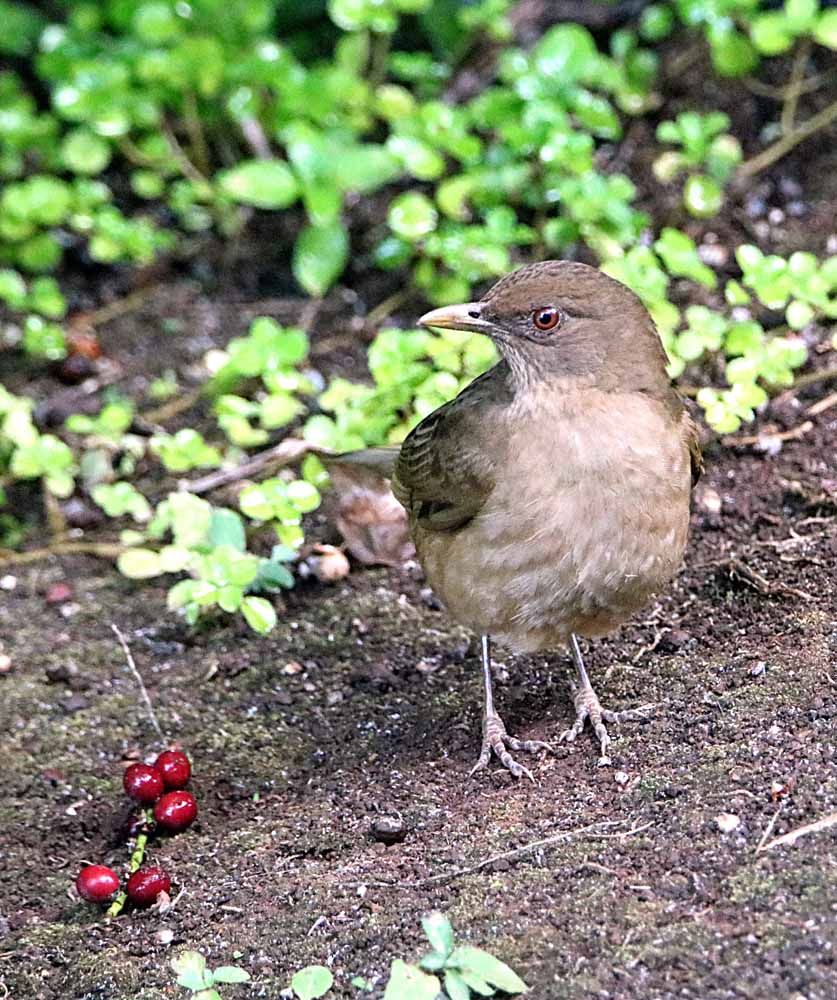
I seem to be seeing more of these this year and I thought this shot last week was particularly nice.
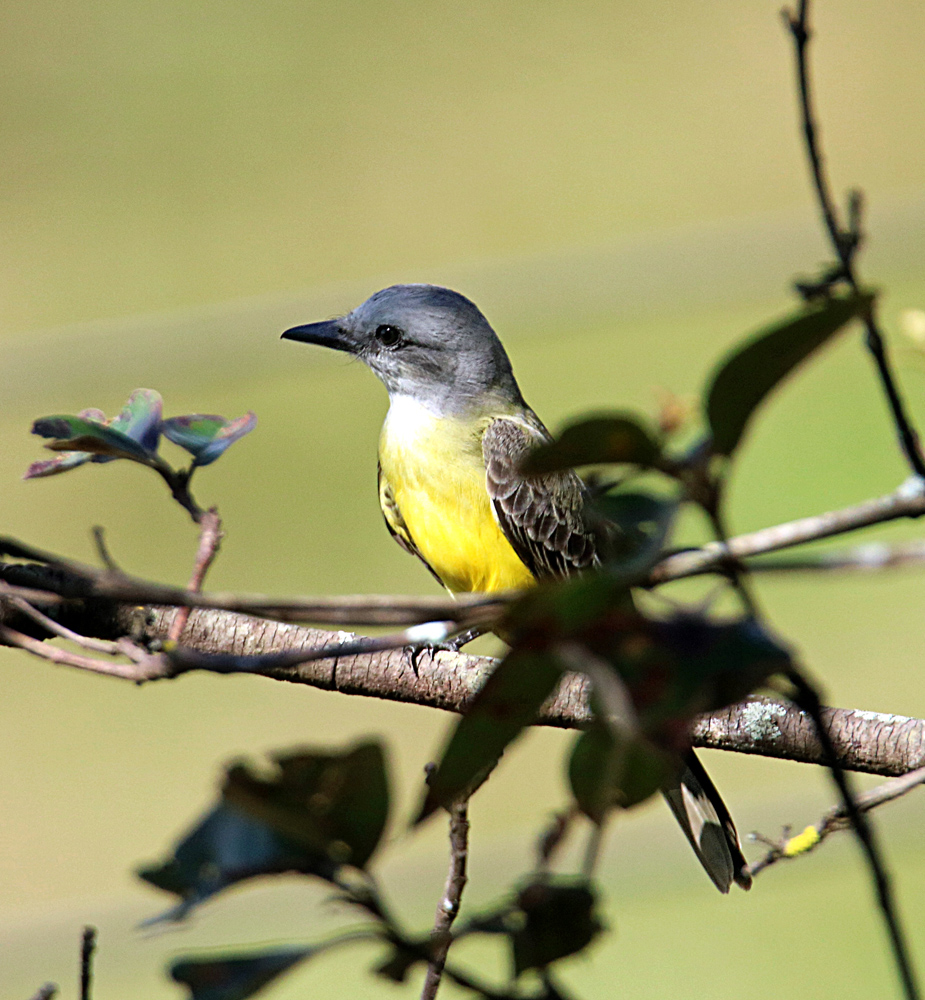
See more of my Tropical Kingbird photos in the gallery: Tropical Kingbird,
¡Pura Vida!
Just one of the 245 species of reptiles in Costa Rica, an adult Black Spiny-tailed Iguana (my gallery link) climbing up the almost vertical concrete retainer-wall behind one of my gardens that is covered in vines, ground cover, ferns and whatever will cover plain ol’ concrete! (my jungle style!). Though I’ve had and photographed several juveniles in that garden, this is my first adult. 🙂 I guess he went on up the hill or driveway to K’s house and gardens! 🙂 Looking for food.
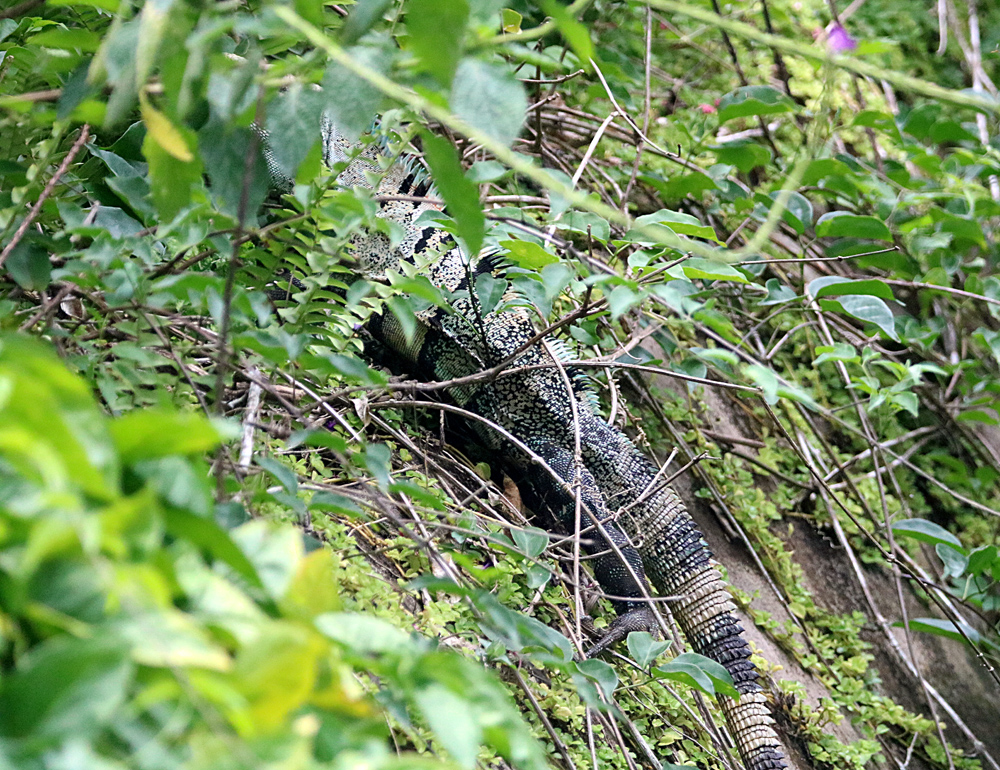
¡Pura Vida!
In some ways I’m glad the visits aren’t every day, so I can get excited and enjoy the occasional visits of a neighborhood Lessons Motmot, Momotus lessonii (my gallery link). It lives solely in Central American lowland forests and in Costa Rica more on the Pacific Slope than the Caribbean Slope, though it is seen in the some inland forests on the Caribbean side, while the similar but less-seen Turquoise-browed Motmot (my gallery link) lives only on the Pacific Slope. I have had both in my garden, but many more of the Lesson’s. The species name of “Motmot” comes from an early morning hooting like an owl that the motmots make. 🙂 In both photos he is in a Nance Tree in my garden.
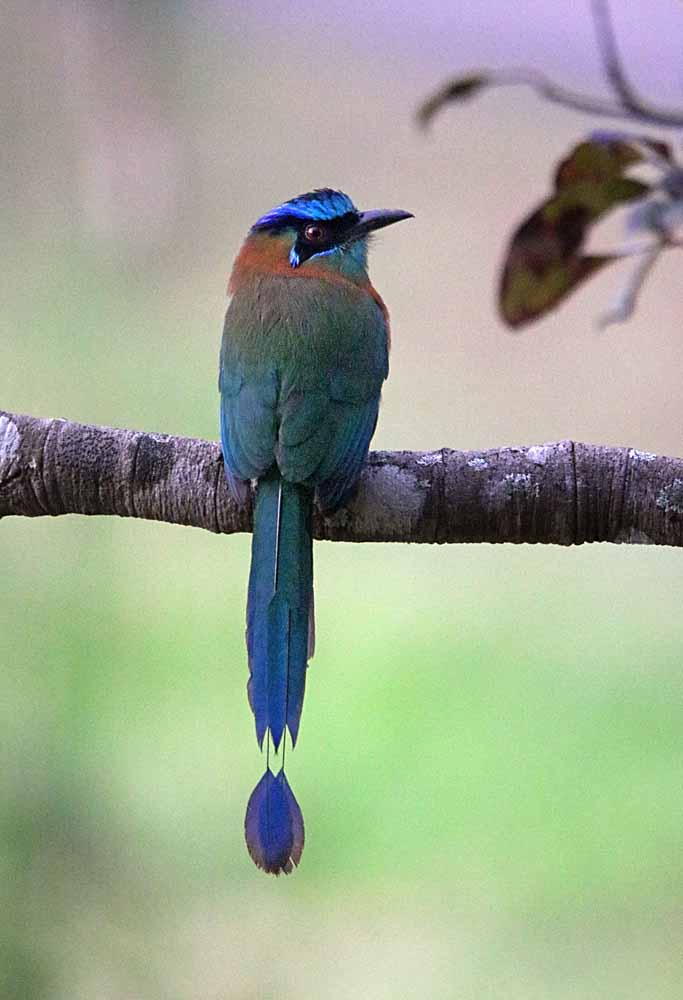
That big bunch of green palm berries in my October 25 post turned red in November and multiple creatures began to eat with the Chachalacas and Boat-billed Flycatchers the most possessive. Below this introductory photo is a gallery showing the “pecking order” for these particular palm berries when I was out to see it. Note that I never saw the iguanas eating them (though they do eat the Nance Berries) but that doesn’t mean they didn’t partake, I just never got a photo. And they would possibly be some competition to the Chachalacas, though those birds stay in families or flocks outnumbering others, as well as being the largest. 🙂
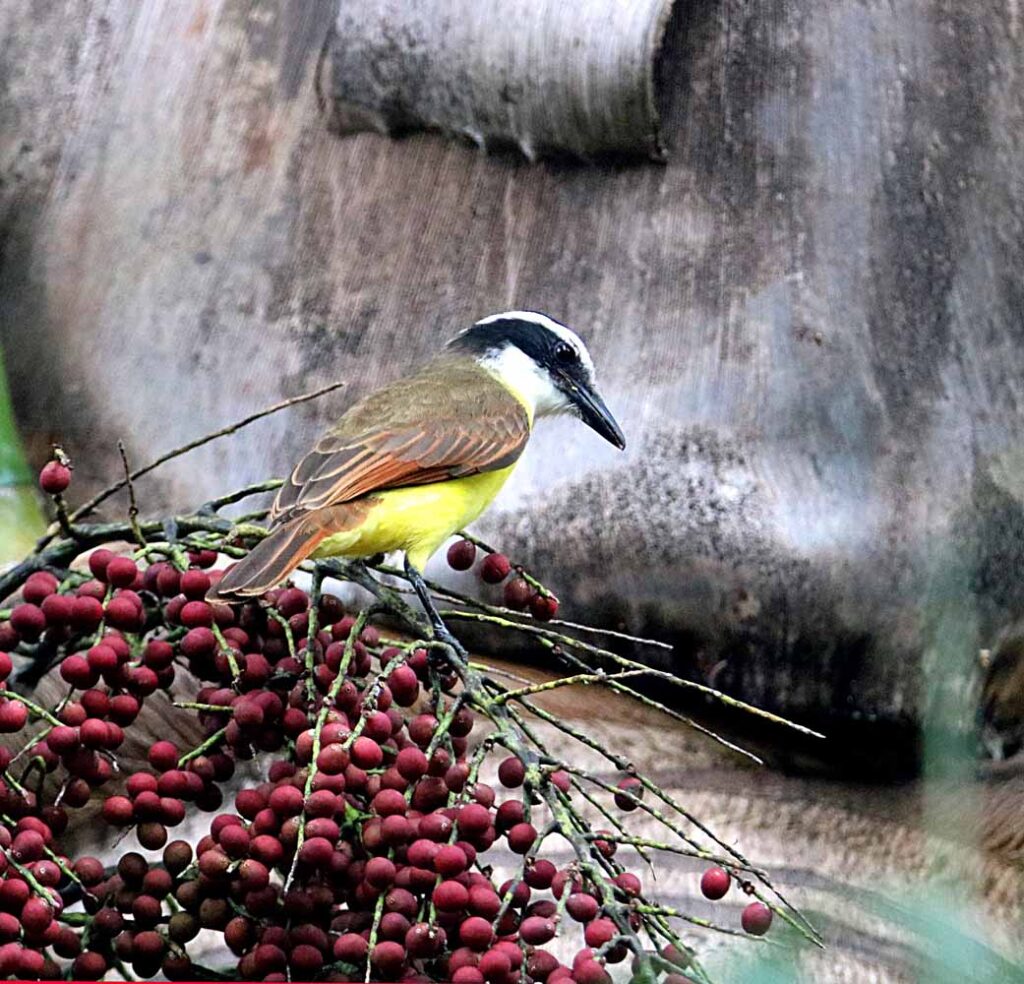
As Christmas nears, it seems nice to see doves in the garden! 🙂 And this is my most regular or most seen dove, the White-winged Dove (my gallery link).
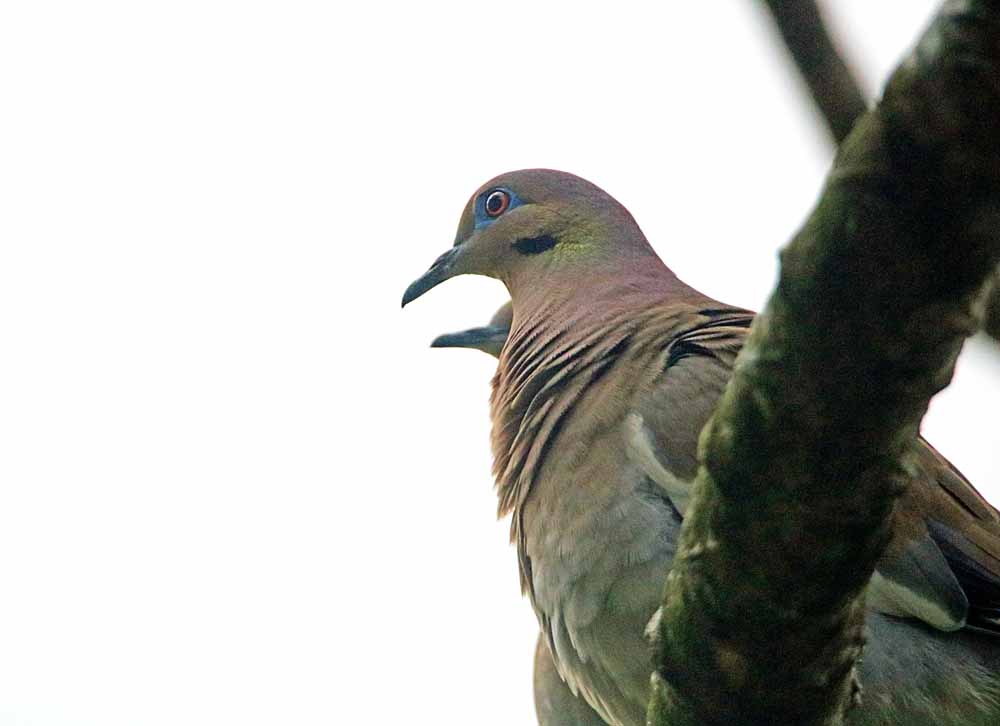
One of the late hangers-on in the late butterfly season is this Polydamas Swallowtail (my gallery link) and I’m sorry I let the camera focus on the flower more than the butterfly! 🙂
